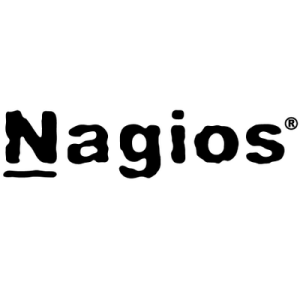I started working with Nagios Core when RHEL 5 was there & since then it is still in functioning mode various types of hosts and services have been configured such as the IBM AIX, Linux, Microsoft Windows, Cisco Routers, WLCs, Switches & certain gateway level firewalls. (Fortigate, Juniper Netscreen, Checkpoint, Radware AppDirector Load Balancer) As my knowledge gains, I've started deploying additional plug-ins (as stated above) to have a productive monitoring environment. Please Note: Nagios Exchange is a great source of plug-ins for testing purposes. Nagios is still functional & doing well after many years despite having 500+ nodes & 2500+ services. Moving further, the Nagios HA pilot project is in progress to have a high availability & business continuity. In opposite to Nagios XI, Nagios Core needs to be configured through a shell console only. Though open-source GUI Content Management tools are available I'm good @ shell level only. Using NCPA, We monitor active & passive checks both. However, Active checks mostly work well in my architecture. The biggest difference between Nagios Core & XI is, everything comes pre-built with Nagios XI, while for Nagios Core, all add-ons need to be configured individually. So, Nagios Core Engineer/Administrator requires in-depth shell-based knowledge & a clear understanding of Nagios Structure for all kinds of troubleshooting.



